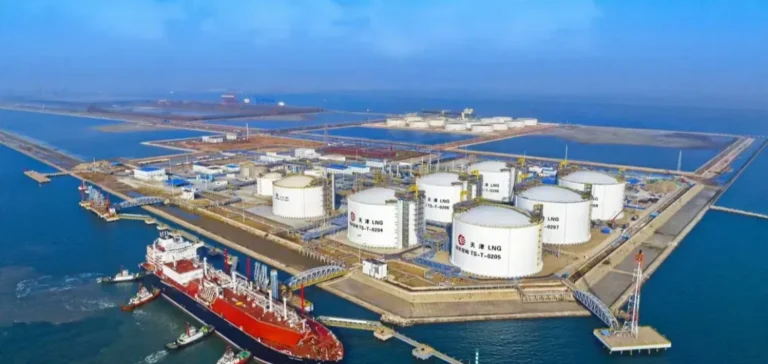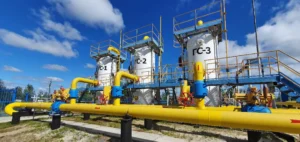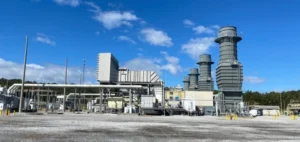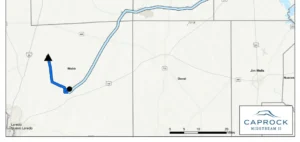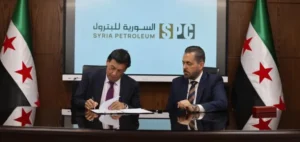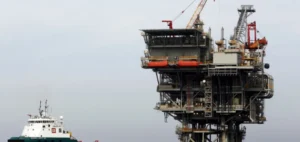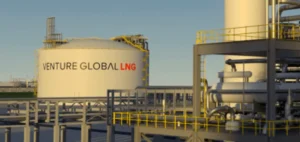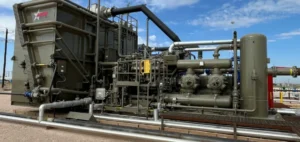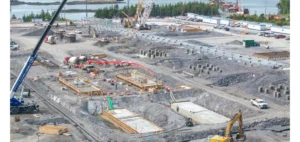China received in late August and early September shipments from Arctic LNG 2, of roughly 150,000 m³ each, at the Beihai terminal in Guangxi. The terminal, operated by PipeChina, has an annual capacity near 6 mt but often runs below the utilization rates of major coastal hubs. At the same time, the Chinese and Russian presidencies announced an increase in throughput via Power of Siberia 1 to 44 bcm/year, and a lift on the future Far Eastern Route from 10 to 12 bcm/year. A legally binding memorandum was also referenced for constructing Power of Siberia 2 (PoS 2) targeting up to 50 bcm/year via Mongolia.
U.S. sanctions and exposure of Chinese actors
The Arctic LNG 2 project is targeted by the Office of Foreign Assets Control (OFAC — Bureau de contrôle des avoirs étrangers) under Ukraine/Russia-related sanctions. The criteria for a “significant transaction” include size, frequency, managerial awareness, links to sanctioned entities, impact on statutory objectives, and use of deceptive practices. Whether isolated operations qualify as “significant” remains uncertain, framing buyers’ calculated risk-taking. A secondary designation would potentially affect the receiving terminal and, by extension, its ability to accept other cargoes, without challenging terminals in high-demand provinces if these are not targeted.
Arctic logistics and seasonal limits
Beyond cargoes already en route or transshipped at Kamchatka, winter constraints on the Northern Sea Route narrow the delivery window. Non-ice-class LNG carriers face longer voyages or delays near the ice edge. The winter impact on China’s LNG balance therefore remains bounded, especially as spot demand is weak and inland transport costs from Guangxi to southern load centers weigh on relative competitiveness. Terminals in high-consumption provinces retain an arbitration advantage for climatic peaks.
Contract architecture and prices: a bargaining lever
Power of Siberia 2, combined with increases on PoS 1 and the eastern link, will reinforce firm land-based volumes. If its tariff structure mirrors PoS 1 indexation, the border price could align around $5–6/MMBtu, or $6–7/MMBtu at a domestic Russian cost base, before inland transport. At these levels, deliveries into Northeast China remain competitive versus certain long-term LNG offers. The announced settlement scheme — 50% in rubles and 50% in yuan — reduces U.S. dollar exposure and adds a currency-compliance and hedging dimension.
Chinese LNG portfolios: flexibility and resales
Chinese buyers have signed extensive Sales and Purchase Agreements (SPA — contrats de vente à long terme) since 2021, totaling around 120–130 mt/year for 2025–2035, with a flexible share in origin and destination. A notable fraction of U.S.-linked volumes remains reroutable given destination clauses and trade frictions. By 2035, combining projected domestic output near 310 bcm with existing pipelines and PoS 2, potential supplies cover demand scenarios ranging from 560 bcm (base) to 620 bcm (high). The need for additional firm LNG will therefore hinge on pipeline execution and the demand trajectory.
Origin concentration and dependence thresholds
If PoS 2 enters service roughly five years after definitive agreements, Russian pipeline flows could approach 56 bcm/year in the early-to-mid 2030s, excluding Russian LNG. Including estimated Russian LNG purchases by 2035, the Russian share in the import mix could near 40% under high assumptions. Contractual flexibility (flow bands, adjusted take-or-pay) will be decisive to limit displacement effects on long-term LNG and preserve portfolio optionality. For players exposed to resale and regional spreads, these parameters condition arbitration between security of supply, delivered cost, and the value of re-export options.


